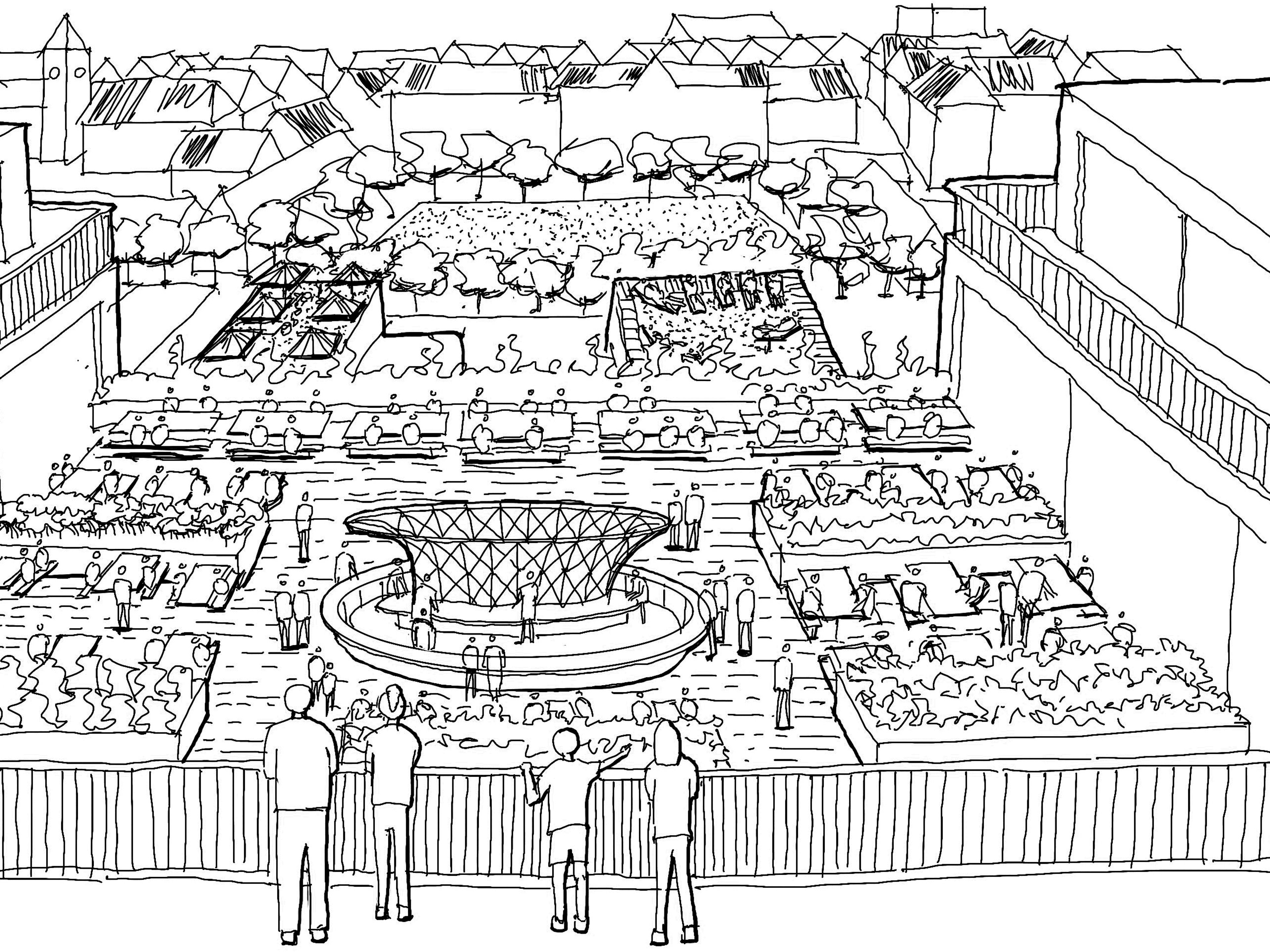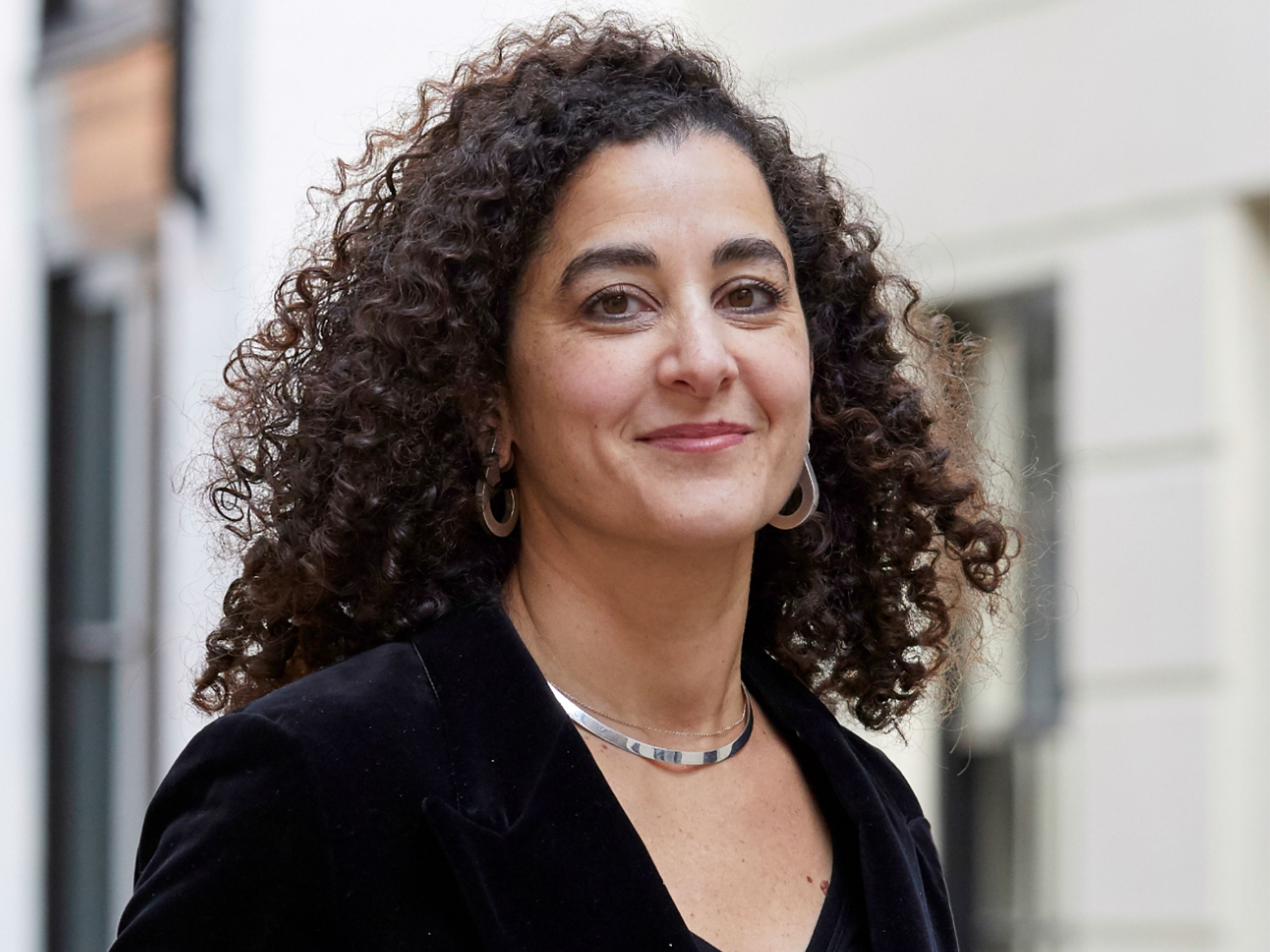State of the market – Sydney
by James Chase“At Make, we’re helping clients reimagine the future of their existing centres by creating new experiences for customers, adapting to meet the needs of the local demographic, delivering new identities, and looking for ways to maximise opportunities for the wider area to help communities to thrive and grow.”
In Australia, retail centres are very much still the hub of the community. People treat them as destinations – places to gather and share.
In a country that experiences extremes in both distances and weather, retail plays an important role in providing shelter and spaces for families and friends to congregate. Large shopping centres offer better value for money and wider selections, with everything under one roof. And people are willing to travel, given the cheaper fuel and spread-out, car-reliant society. If you build it, they will come.

Internationally, the retail industry is diversifying to compete with pressures from the online giants – like their ability to source cheaper products and a wider range of goods – exacerbated by high rental prices on the high street. The same online giants are in Australia, but they don’t have the same hold on the market. Here, the population is spread across a huge continent with over 25,000km of coastline and minimal infrastructure between townships. E-commerce delivery times are more often offered in weeks than in days or even hours; the country has some way to go before it can offer the speed of delivery demanded by today’s society. For this reason, the online convenience factor doesn’t exist to the same degree. This helps explain why traditional bricks-and-mortar retail is still thriving.
Australia has consistently been a desirable place to live, work and play. Both the population and tourist numbers grow year on year, and this alone is helping the retail sector grow. In response, the government is expanding existing cities and identifying locations for new ones. For example, the Greater Sydney Commission is implementing its Three Cities plan to meet future population demands. Three new ‘cities’ will expand the Sydney conurbation rather than increase density within the existing centre.
These new townships will create places for people to come together, and the model is being replicated across Australia. As new communities are built, retail is being established early on to provide food, shelter and community activities. In some cases, a new area is formed without any existing infrastructure; the retail comes first, establishing the rules for the location.
Equally, though, retail needs to evolve to remain relevant. At Make, we’re helping clients reimagine the future of their existing centres by creating new experiences, delivering new identities, and maximising opportunities for the wider area to help communities to thrive and grow.
When retail centres offer a wide array of services, choices and experiences, they become destinations. Just like in Europe, it could be argued that experience is becoming as important as shopping. But Australia is ahead of the curve – it’s long had thriving food courts, restaurants and food pop-ups. Shopping centres are often lifestyle-focused, with greenery and outdoor space. Co-working and integrated living have also seen huge growth in retail centres. Landlords willing to embrace the change are finding opportunities that lean towards mixed-use models rather than retail-led ones. Flexible space within retail is also utilised by smaller start-up brands to market their new products to a wide audience.
We’re currently helping integrate a wider range of uses and experiences at Chadstone in Melbourne. The Link, our new pedestrian walkway for Chadstone, integrates hospitality and new restaurants into the existing centre. It merges the indoor and outdoor, extending a thriving centre with highly Instagrammable spaces that act as a new front door.
Does retail offer social opportunities that are disappearing in a digital-trended world? We feel that it’s social-based trends encouraging the transformation of the sector. The challenge – and opportunity – for retail developers is to adapt and embrace how retail is experienced.
Authors
James Chase is a Make Partner working with Vicinity Centres in Sydney to see how a flagship centre can diversify its offering.
LinkPublication
This article appeared in Exchange Issue No. 2, which explores the changing nature of the retail sector with contributions and design analysis from leading retailers, developers, consultants and more.
Read more

